In a world filled with tempting treats and fast food, getting your child to embrace healthy eating habits can be a challenging task. Picky eating is a common concern for parents, but with the right strategies and a dash of Indian culinary creativity, you can foster nutritious eating habits that will benefit your child’s growth and development. In this article, we’ll explore valuable tips for parents, delicious Indian recipes tailored for kids, and the nutritional benefits specific to various age groups.
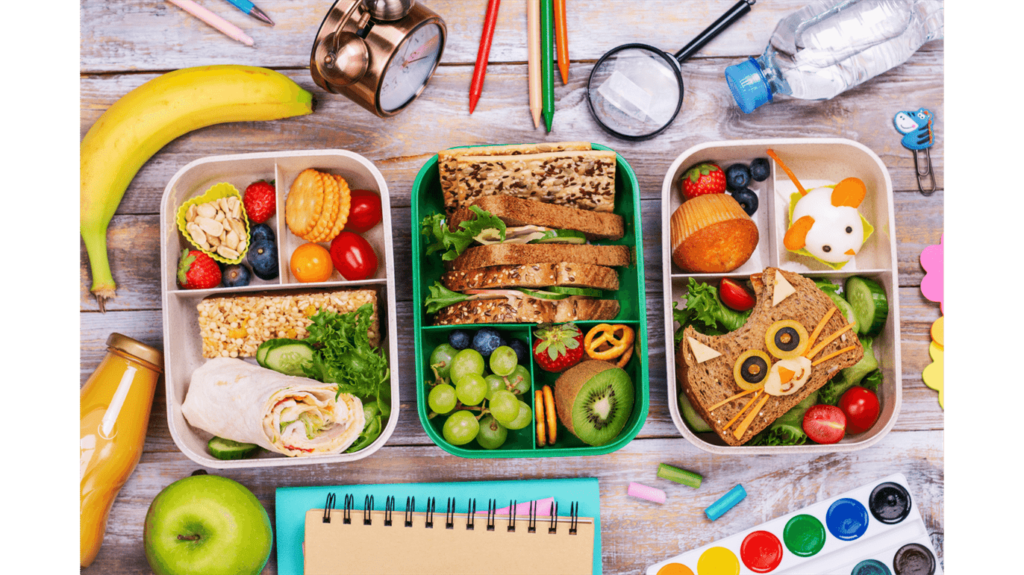
Understanding Picky Eating
Picky eating is a phase where children have strong preferences for certain foods and may be hesitant to try new ones. Common causes include taste preferences, texture aversions, and sensory sensitivities. It’s crucial to address picky eating early to prevent nutritional deficiencies.
Tips for Encouraging Healthy Eating Habits

- Create a positive mealtime environment: Make mealtimes enjoyable by avoiding food battles and creating a relaxed atmosphere. Encourage family meals to model good eating habits.
- Involve kids in meal preparation: Engage children in age-appropriate cooking tasks. For example, let them wash vegetables, stir ingredients, or set the table. This can pique their interest in trying new foods.
- Set a consistent meal schedule: Stick to regular meal and snack times to help regulate your child’s appetite and reduce grazing between meals. For example, breakfast at 8:00 AM, lunch at 12:30 PM, and an afternoon snack at 4:00 PM.
- Be a role model for healthy eating: Children often mimic their parents’ eating habits. Show enthusiasm for nutritious foods to inspire your child. For instance, enjoy a fruit salad together as a snack.
Nutritional Benefits for Different Age Groups
Infants (0-2 years): During this stage, breast milk or formula is the primary source of nutrition. When introducing solids around six months, focus on nutrient-rich baby foods like mashed fruits and vegetables to support growth and development. For example, puree steamed carrots and apples for a vitamin-packed meal.
Toddlers (2-5 years): Toddlers need essential nutrients like calcium, iron, and fiber. Offer a variety of foods and appropriate portion sizes to ensure they get the nutrients they need. For example, serve small cubes of paneer with a side of whole wheat roti for calcium and fiber.
School-age kids (6-12 years): Balanced meals are crucial for school-age children. Include protein, carbohydrates, and vegetables in their diets. Snacks should be nutrient-rich to avoid nutrient gaps. For example, prepare a protein-rich chana chaat with chickpeas, vegetables, and spices.
Some Healthy Indian Recipes for Picky Eaters
Recipe 1: Vegetable Paratha (for toddlers and school-age kids)
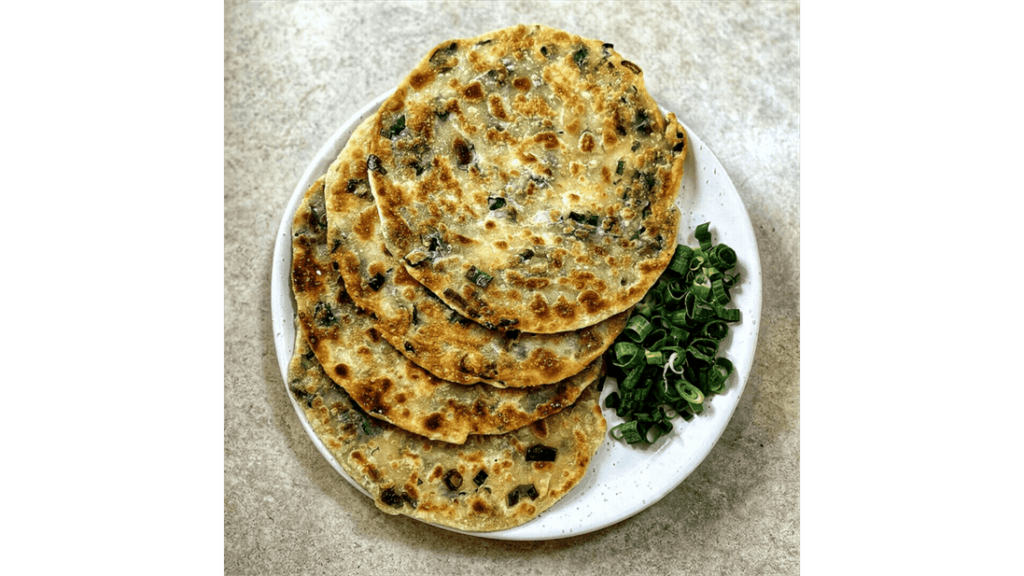
Ingredients:
- 1 cup whole wheat flour
- Mixed vegetables (carrots, peas, spinach)
- 1/2 tsp cumin powder
- 1/2 tsp coriander powder
- 1/4 tsp turmeric powder
Preparation Steps:
- Mix whole wheat flour with water to form a soft dough.
- Stuff the dough with a mixture of finely chopped vegetables and spices.
- Roll out the dough into parathas and cook on a griddle until golden brown.
Nutritional Benefits:
- Whole wheat provides fiber and energy.
- Vegetables offer vitamins and minerals.
- Indian spices add flavor and health benefits.
Recipe 2: Moong Dal Khichdi (for infants and toddlers)
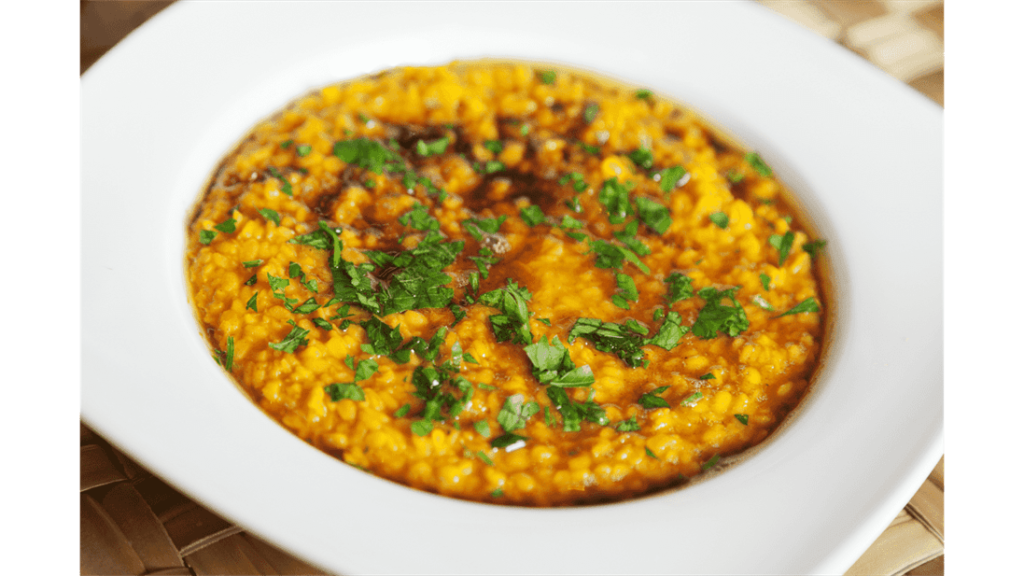
Ingredients:
- 1/2 cup moong dal (split yellow lentils)
- 1/2 cup rice
- 1 tbsp ghee (clarified butter)
Preparation Steps:
- Wash moong dal and rice together.
- Cook them until soft, adding ghee for flavor.
Nutritional Benefits:
- Moong dal and rice provide protein and carbohydrates.
- Ghee adds healthy fats.
Recipe 3: Palak Paneer (for school-age kids)
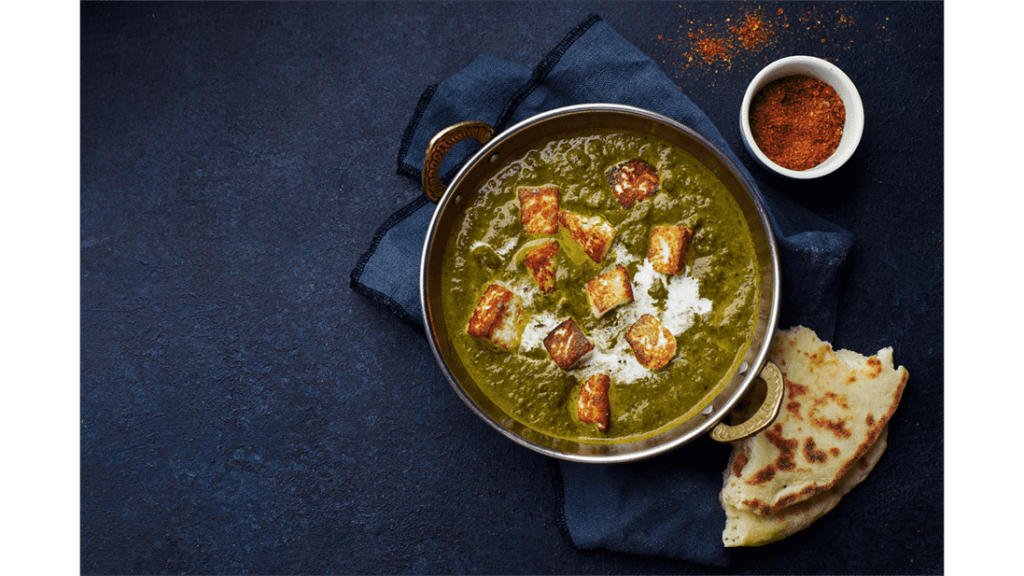
Ingredients:
- 2 cups spinach
- 200g paneer (Indian cottage cheese)
- 1/2 tsp cumin seeds
- 1/2 tsp coriander powder
- 1/2 tsp garam masala
Preparation Steps:
- Blanch spinach, blend it, and cook with spices.
- Add cubed paneer to the spinach mixture.
Nutritional Benefits:
- Spinach is rich in iron and vitamins.
- Paneer offers protein and calcium.
- Spices enhance flavor and digestion.
Recipe 4: Fruit Chaat (for all age groups)
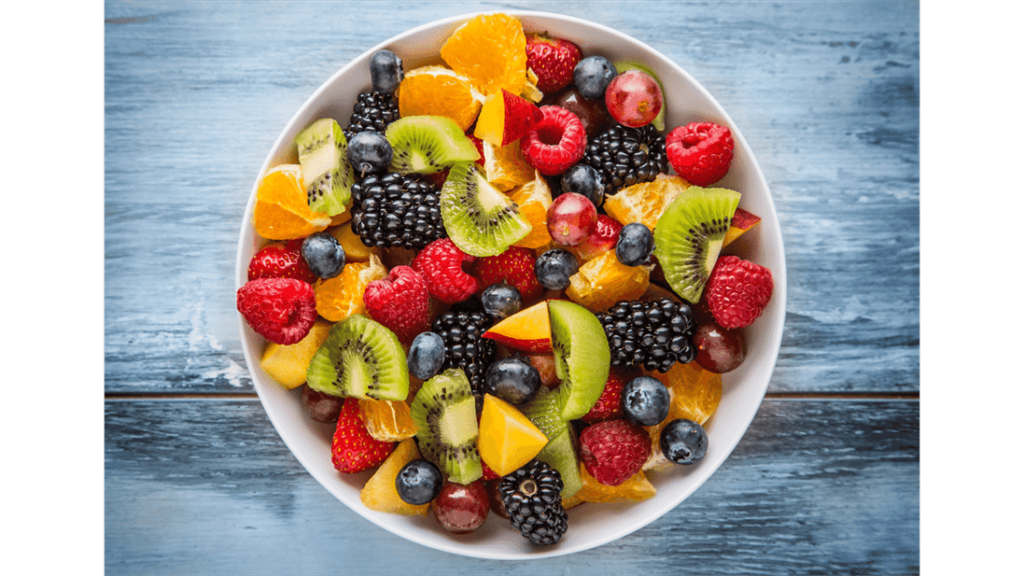
Ingredients:
- Assorted fruits (apples, bananas, oranges)
- Chaat masala (spice blend)
Preparation Steps:
- Chop fruits into bite-sized pieces and toss with chaat masala.
Nutritional Benefits:
- Fresh fruits provide vitamins and natural sweetness.
- Chaat masala adds a tangy flavor.
Understanding Portion Sizes
Portion size recommendations vary by age. For example, toddlers need smaller portions than school-age children. Balancing meals with protein, carbohydrates, and vegetables is essential. A toddler’s portion of vegetable paratha might consist of one small paratha, while an older child may have two.
Dealing with Food Allergies and Sensitivities
Recognize common food allergens such as nuts, dairy, and gluten. Adapt recipes to accommodate children with allergies or sensitivities by using alternative ingredients. For instance, use almond flour instead of wheat flour for children with gluten sensitivities.
Conclusion:
Fostering healthy eating habits in children is a rewarding journey that requires patience and persistence. By creating a positive mealtime environment, offering diverse and nutritious Indian recipes, and considering age-specific nutritional needs, you can set your child on the path to a lifetime of good health.
